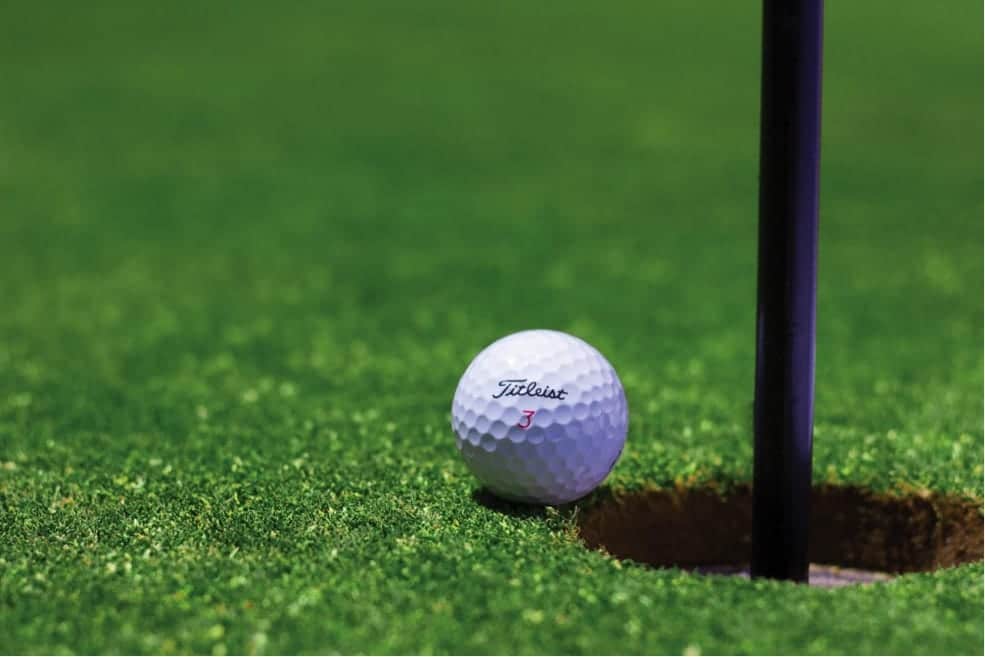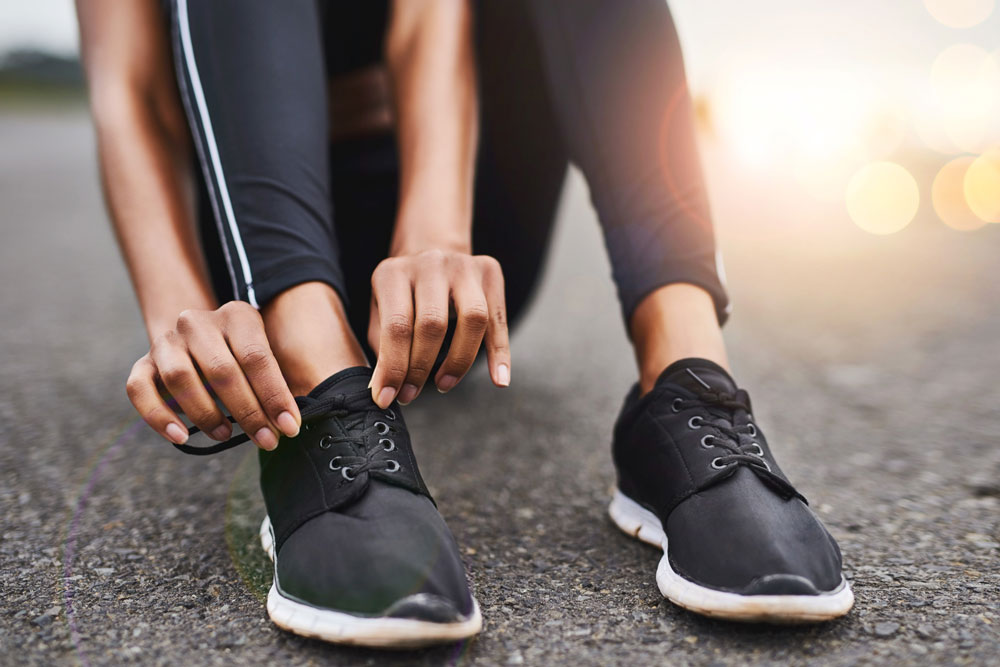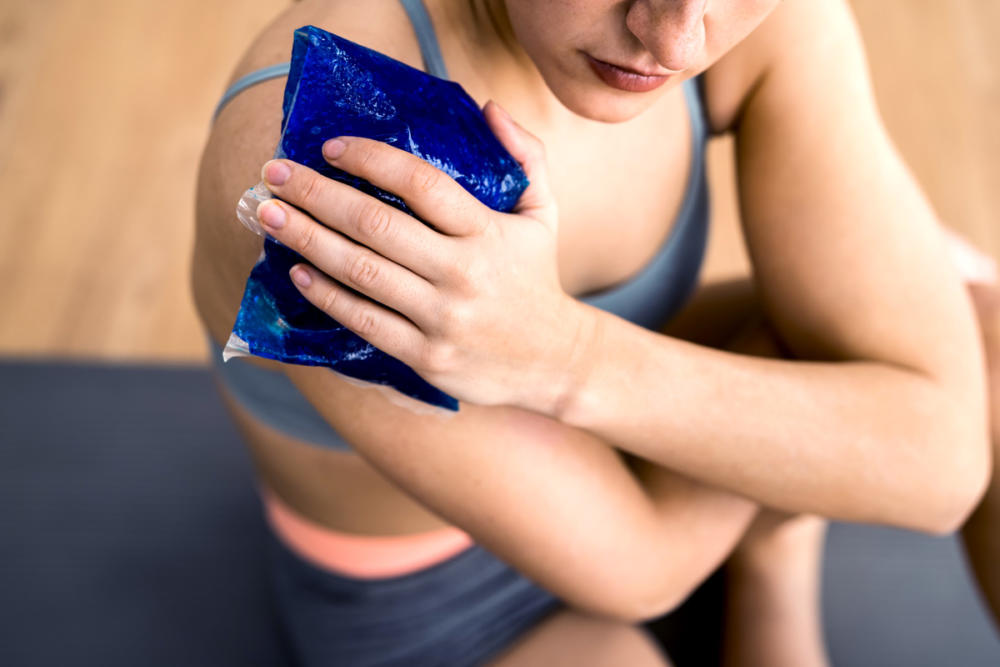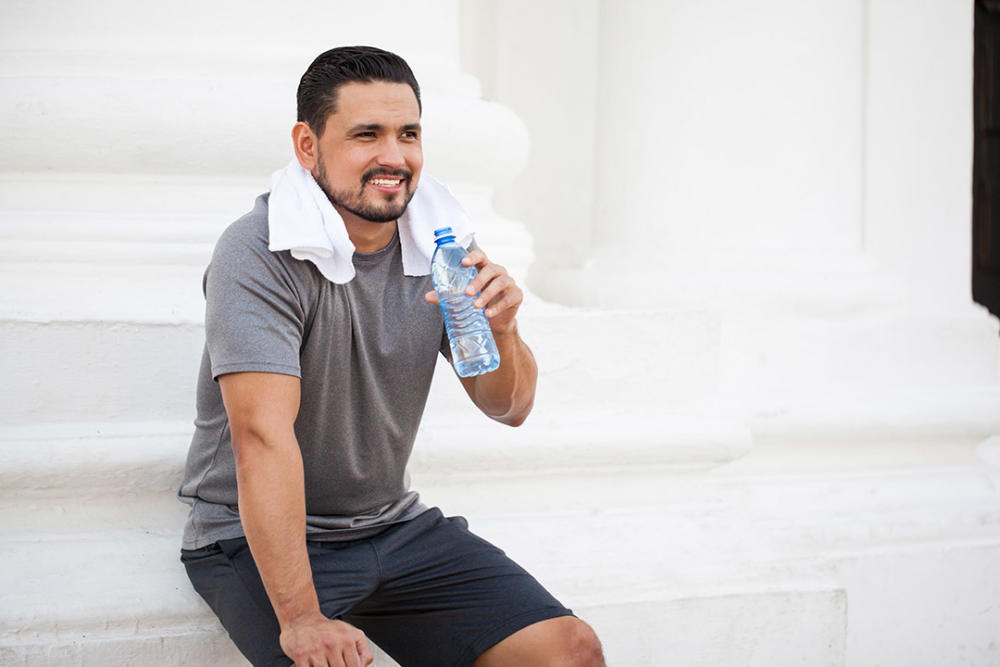Foothills Sports Medicine’s Scottsdale physical therapy clinic provides services to patients of all different ages with a wide variety of conditions. We believe in individualized, hands-on treatment plans to help you heal and improve as quickly and efficiently as possible. For a free assessment of your needs, make an appointment online here today. For more information about Scottsdale physical therapy, check out our blog.
Jeff Gorman is a PTA and Titleist Performance Institute (TPI) certified practitioner who has over 10 years of experience in the golf industry. He is here to explain the common causes of golfing injuries, and how you can prevent them – while improving your golf game.
Getting ready to head out to the golf course anytime soon? If the answer to that is an emphatic “Yes!”, there are a couple of things you may need to address to prevent injury and optimize your golf swing before you play your next round.
The two most common golf-related injuries we see at our Scottsdale physical therapy clinic are shoulder impingement and low back pain. Shoulder impingement is often the result of poor shoulder posture caused by weak chest muscles, weak scapular retractors (the muscles that pull the shoulder blades back), or a combination of both. Low back injuries in golf are commonly caused by lack of flexibility in areas that should be mobile (such as the hips and upper and middle spine), poor core stability, and, as Tiger Woods said it best, “an inability to fire the glutes properly during the golf swing.”
During dynamic activities like kicking, throwing, and especially the golf swing, the human body follows what is known as a kinetic chain – a pattern of movement. The kinetic chain during a golf swing is complicated, and it requires some joints to be stable and others to move. Here’s how it works:
- Starting from the ground up, your feet stabilize your body. The feet are made up of many tiny joints that need to remain stable and provide a solid foundation for movement while swinging your golf club.
- Next, we reach the ankles, a fairly mobile segment of the body. Tight calf muscles can restrict the ankle’s movement, limiting rotation during a golf swing and forcing a player to put more weight on their toes. This leads to a big loss in power and accuracy.
- Moving up the chain, your knees should remain stable. While golfing, your knees should only be bending and straightening. If they are moving in any other directions, I would recommend seeing a PT as soon as possible, because this could indicate weakness and potential injury to the knee joint.
- The hips are the next segment of the kinetic chain, and they are required to be quite mobile. In fact, limitations in hip mobility have been shown to create over-rotation and increased compression on the lumbar spine (lower back) when trying to produce the necessary range of motion during a golf swing. The lower back needs to be very stable due to the rotation in the trunk that occurs during a golf swing.
- The next area in the kinetic chain is the low back. Low back instability, generally caused be a decrease in core strength, can be a problem for golfers because it exposes the lumbar spine to substantial compression and other forces. During a golf swing, a professional golfer can generate enough compressive force to total eight times a person’s body weight – so you can see why low back instability might lead to soreness after a round of golf.
- The kinetic chain continues all the way up your spine, through your shoulders, down your arms, into your hands, and eventually to the clubface and ultimately the ball.
As you know, you will probably start to hit the ball all over the place when your swing is out of sequence. Accuracy, distance, and control can all be gained with an efficient body pattern during the golf swing, and this pattern can be maintained with proper stretching and strengthening. But how do you know if you have the correct pattern to begin with?
The Golf Performance Academy at our Old Town Scottsdale physical therapy clinic is unique because it combines fundamental physical therapy ideas with the principles of a proper golf swing. We help clients unlock their maximum potential on and off the golf course by increasing strength, stability, and flexibility where it’s needed, and we teach you exercises that will reduce your risk for injury. To begin the program, I observe and record a client’s golf swing with a high speed camera to perform an initial swing fault evaluation. Next, I perform a TPI screen to check your strengths, weaknesses, balance, and coordination, and to make sure your body is able to demonstrate a proper stability/mobility pattern. Then, I teach each client how to use their body efficiently during the golf swing through personalized stretching and mobility drills and sport-specific exercise. We use muscular reeducation techniques, which essentially “re-train’” your muscles, so specific improvements to your golf swing become automatic and risk of golf-related injury is reduced.
If you want to take your golf game to the next level and gain distance and consistency, or if you’ve ever felt pain after a round of golf, visit our Old Town Scottsdale physical therapy clinic! We would love to see you here and give you tips and pointers so you can get the most out of your next round of golf.




